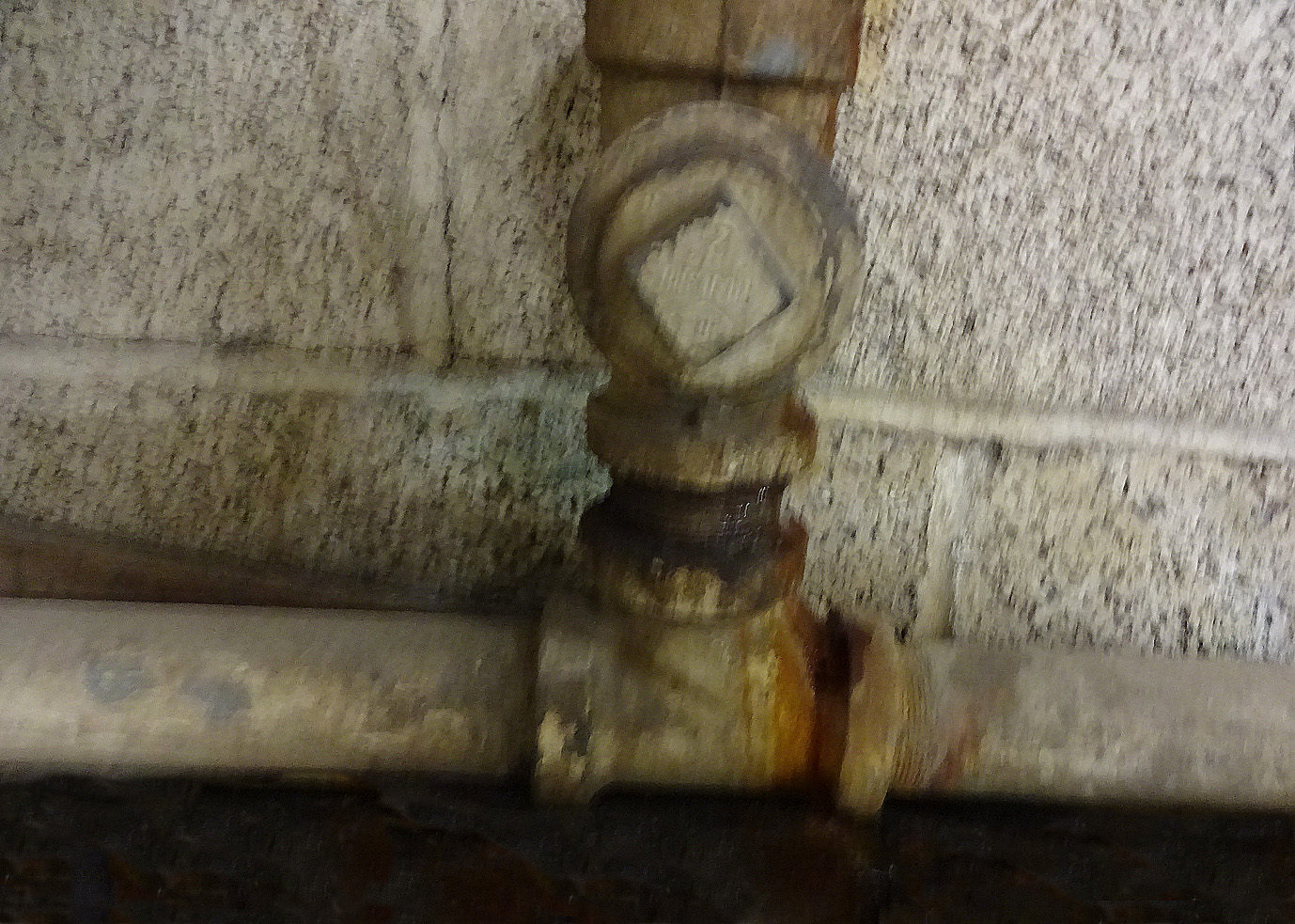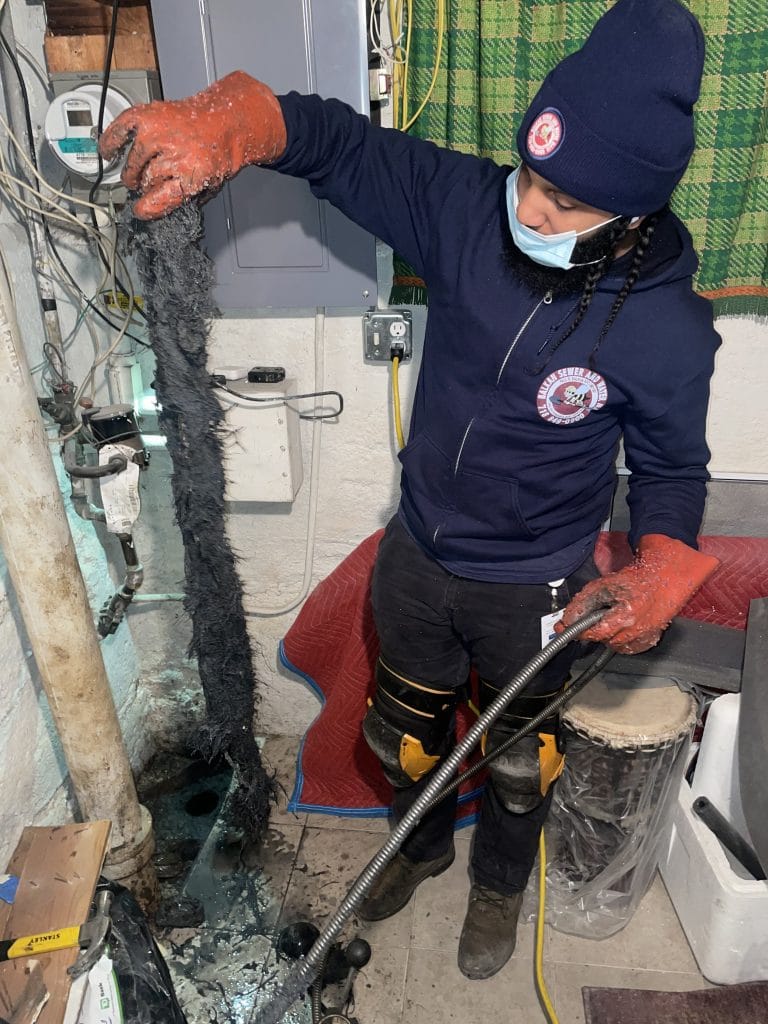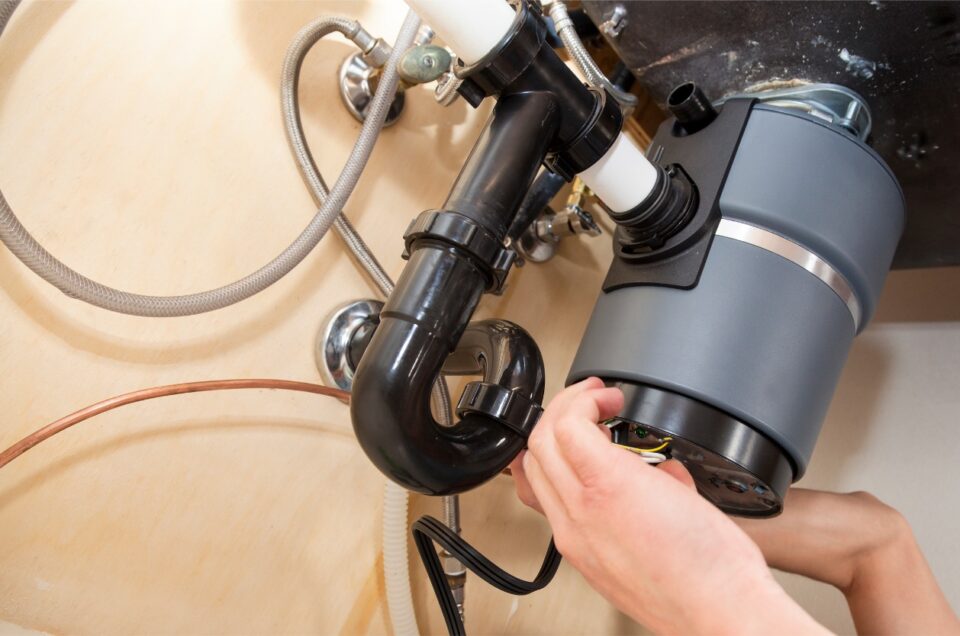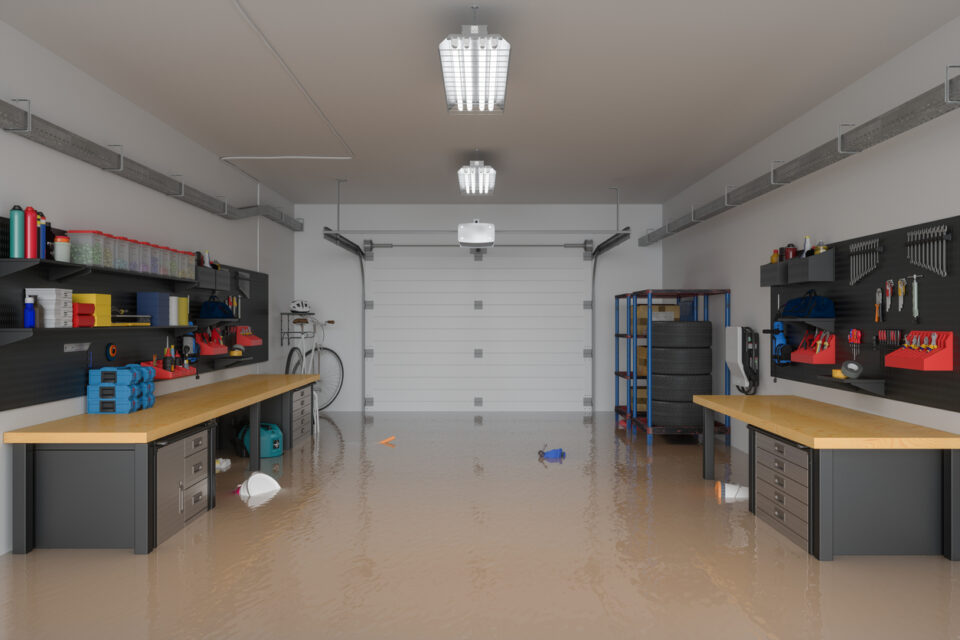Understanding the purpose of a sewer clean out cap or plug is helpful. But understanding how to locate the proper sewer cleanout, and remove the cap, is very important as well. There are three major components of a house drain system.
The branch line drains, the main house drain, and the house sewer itself. The former is also commonly referred to as “sewer line” and it connects to the latter through a horizontal drain line typically located under the basement floor of a house.
A house sewer is the outdoor portion of plumbing system. Your house sewer connects to either a municipal sewer or septic system. Between the main drain and house sewer or septic system, there should be a “clean out” located close to the outside perimeter of the basement of the house. The main purpose is to provide easy access in case of clogging, both inside and outside the house. In most areas, including NYC, it would be a double-vent house trap.
Common Location of a Sewer Clean Out Cap
The exact location of a sewer clean out cap or sewer plug can be different from house to house. In fact, there are usually multiple clean outs located inside the house. Not all plumbing systems are installed according to building codes, and codes vary from municipality to municipality.
Under less-than-ideal circumstances, the sewer clean out cap is probably not visible due to the accumulation of dirt on top of it. In those cases, you may need to do a little digging to see it. In other cases, it may have had obstructions built over it. Sometimes interior walls, closets, or other items are placed over a preventing access.
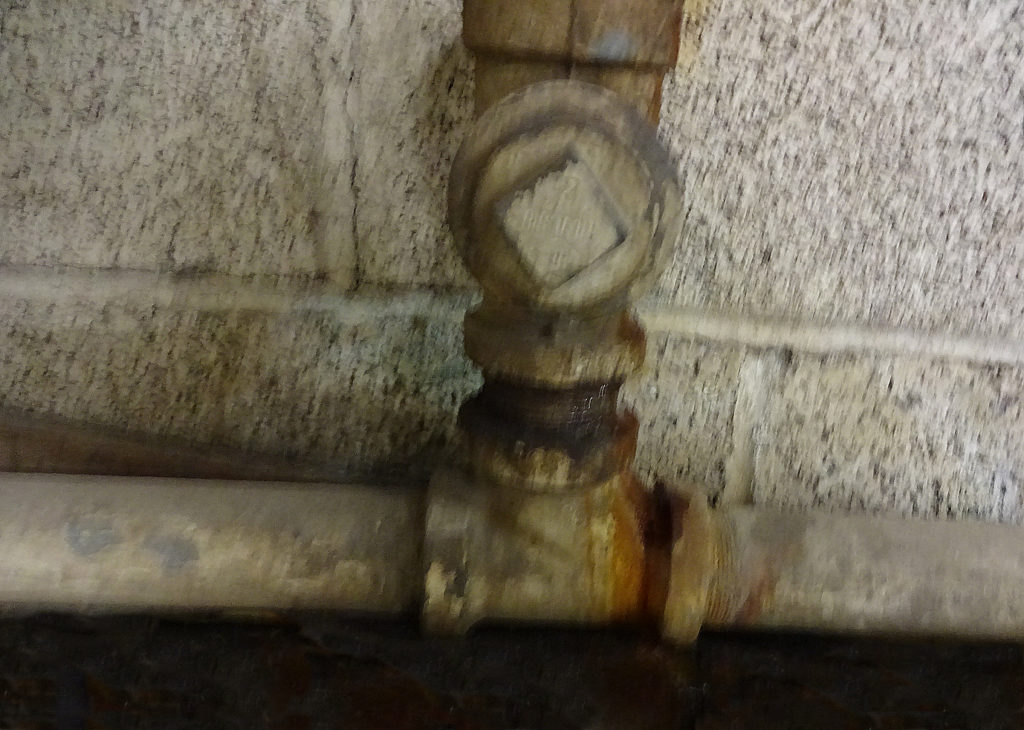
House drain system: sewer clean out cap and plug locations
A sewer clean out cap is usually installed at the base of every house stack (the vertical drain line forms a higher floor level). This is because sewer clogs usually occur when there is a change in direction in the flow of the wastewater. Interior drain line clean outs are also located under each plumbing fixture (each sink for instance).
House sewer clean out cap and plug location and types
House sewer lines should have a clean out in the form of a house trap, as mentioned previously. But some house sewer lines have an additional clean out if the run is longer than 50′. NYC code typically requires a sewer clean out for every 50′ run of pipe. Clean out plugs and caps are available online and can cost as little as under $10.00.
A cleanout should also be installed when there is a change in direction in the flow of the wastewater. For instance, if there is a 90-degree bend (known as a sweep), there should be a sewer cleanout installed just before the bend. Having access to clean a drain line before a bend aids greatly in clearing clogs.
As another useful note, elbows should generally not be used when there is a 90-degree bend. An elbow has too swift a turn for wastewater, clogs can form, and items can get caught. A long sweep is a much better plumbing fitting for severe bends in a drain line.
When a sewer clog occurs
When a sewer line is clogged, one of the first things to try is using a drain snake to get rid of the culprit. Clogging in a plumbing fixture inside the house is probably not too difficult to repair, but it gets tricky when debris accumulates between a municipal sewer and the main drain.
Instead of using a very long drain snake to reach the clog from the main drain, a clean out every 50′ provides easier and more effective cleaning from outside of the house. A professional plumbing service can use a sewer camera to inspect the sewer pipe and figure out the exact location before trying any evasive remedy, such as excavating.
Types and Removal of Sewer Plugs
A sewer clean out plug is made of either cast iron, or plastic (PVC) screwed down into the clean out pipe. Just like any bolt and screws, the threads can get rusted and fused into the pipe, making it very difficult to remove when you need it. There are many different variations in size and shape including but the vast majority are round. Most models have a square nut on top of the plug. Both cast-iron and plastic caps are equally tricky to remove not only because of rust, but also the lack of clearance.
Some clean out caps can be removed using standard tools such as screwdriver and wrench, but others have raised slots or recessed heads that call for special plumbing tools. A clean out wrench is designed to accommodate different types of head designs, allowing for easier grip on the sewer clean out cap or plug for removal. Such a wrench usually has 6 to 8 sided geometrical shapes attached with some additional tools on the side. A complete set of clean out wrenches comes in a box with several fittings to grab the cap firmly.
Never remove a sewer cleanout cap unless you are 100% sure that the public sewer is not backed up. If the public sewer is backed up, it will relieve itself by emptying into your house. A 2nd tip, if you are removing a main house trap cap, always remove the one on the street side first. That way if you have a trap stoppage it can flow out by running above the house trap. Failure to obey these two tips can result in wastewater needlessly flooding your property.
How to remove old and frozen in place clean out plugs
Even with the right tools, a corroded and fused clean out cap can still be very difficult to remove. In this situation, a plumber intentionally breaks the cap just to remove it. A replacement clean out cap costs just a few dollars. There are some methods to try when removing a sewer cap or plug, as follows:
- Use a blow torch to heat the cast-iron cap. Heated metal is easier to work with. If the cap is made of plastic, you can use a hair dryer.
- Driving a screwdriver at an angle into the outer edge of the cap. Then tapping it with a hammer to pry it open little by little.
- Directly tapping the fitting on top of the cap with a small sledgehammer to get a little bit of movement. Again, if you accidentally break the cap, they are cheap to replace.
Any method above will, in more cases than not, damage the cap or plug. Once the clog is cleaned, the plumber will use a new cap to replace the damaged one. For easier removal in the future, a plumber can cover the thread with thread seal tape. But this is not the preferred method. Instead, the Balkan Drain Cleaning Team suggests using a winged nut test plug, which is a great replacement sewer clean out plug. Once tightened, it actually adheres to the exact fit of the inside of the clean out opening itself.
Main Functions of a Sewer Clean Out
Just like any other part of a plumbing system, many people take a clean out cap for granted. A clean out cap has two major functions:
- It has to exist because there is always a possibility of a clogged sewer line. It is easier to insert a drain snake from clean out pipe than from the main drain inside the house, or have to remove a fixture, such as a toilet bowl. The cap covers a clean out pipe to prevent wastewater, rain, dust, and pests from entering the sewer line.
- A septic system and municipal sewer both contain dangerous gases. A properly fitted cap prevents those toxic substances from coming out to the surface or entering your home.
Outside cleanouts for drains are more susceptible to wear and tear
The fact that a clean out cap is located outside of the house makes it subject to excessive wear and tear. Even when wastewater cannot enter the sewer line, the clean out pipe and its threading are subject to corrosion, or fusing to the drain pipe itself. Continuous exposure to heat can gradually expand the metal and melt the plastic as well. A clean out plug or cap that’s difficult to remove is a common problem, but fortunately, replacements are affordable.
Caps made of metals and plastic materials are available from most online stores and hardware stores. Another very common replacement sewer clean out is called a fit-all plug. It is lead-lined, so it conforms to the exact size of the opening and does not have to be screwed in place. If you’ve figured out that the clogging is in the sewer line, you can probably explain your situation to the plumbers and ask them to bring a new sewer clean out cap with the right specifications.

